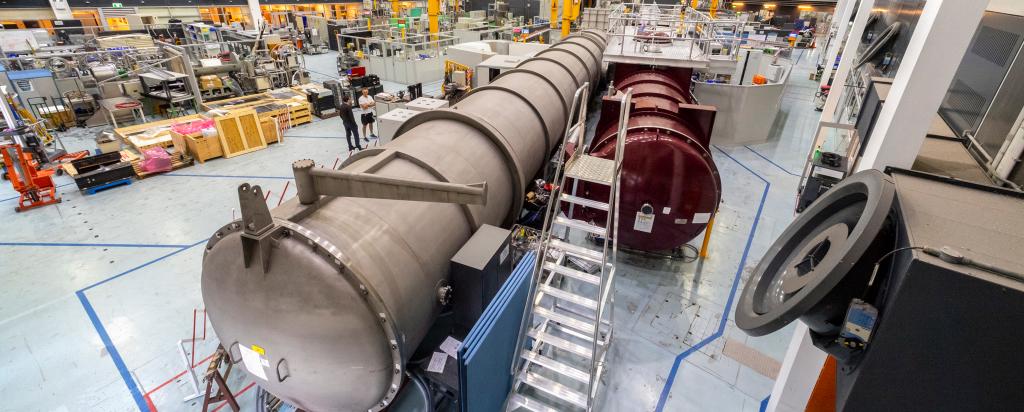
2016 has been a very productive transitional first year for the Australian Centre for Neutron Scattering (ACNS), formerly part of the Bragg Institute. The OPAL reactor has operated at 99.4% reliability for excess of 300 days in 2016 and our neutron beam instruments operated with an availability of 97.2%. We hosted in excess of 500 users for over 1300 visits to perform experiments utilising our world-class facilities in 2016. User feedback continues at high levels, both in terms of volume and in terms of scores given for our service.
As of 31 December 2016, ACNS staff have published a total of 174 refereed journal articles in 2016, and gave a total of 35 invited talks at major national and international conferences in North America, Europe, Asia, Australia and New Zealand. To date, 727 refereed articles from the ACNS neutron-beam instruments have been published, 128 of them in this calendar year. Industrial research and engagement continues to increase with 45% of merit-based proposals identifying a specific industrial relevance.
OPAL's 13th instrument (EMU) was awarded its operating licence in June 2016, and the 14th instrument, SPATZ (formerly known as BioRef), is presently making the long sea voyage from the Helmholtz-Zentrum Berlin. Planning is also underway with the OPAL Reactor Operations for installation of the in-pile components of the thermal neutron guide, TG2, which should serve at least two additional instruments.
2016 has been an excellent year of progress, despite the uncertainty of the restructure in the first few months.